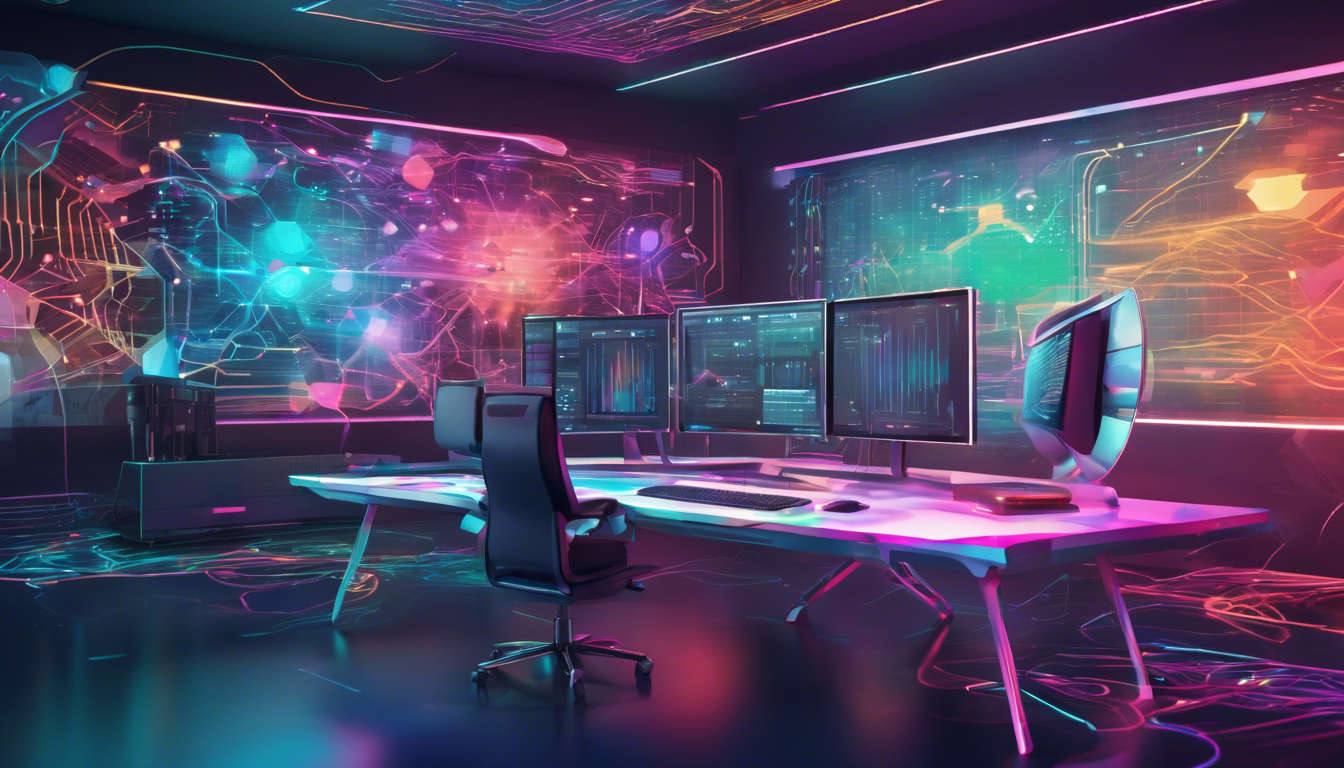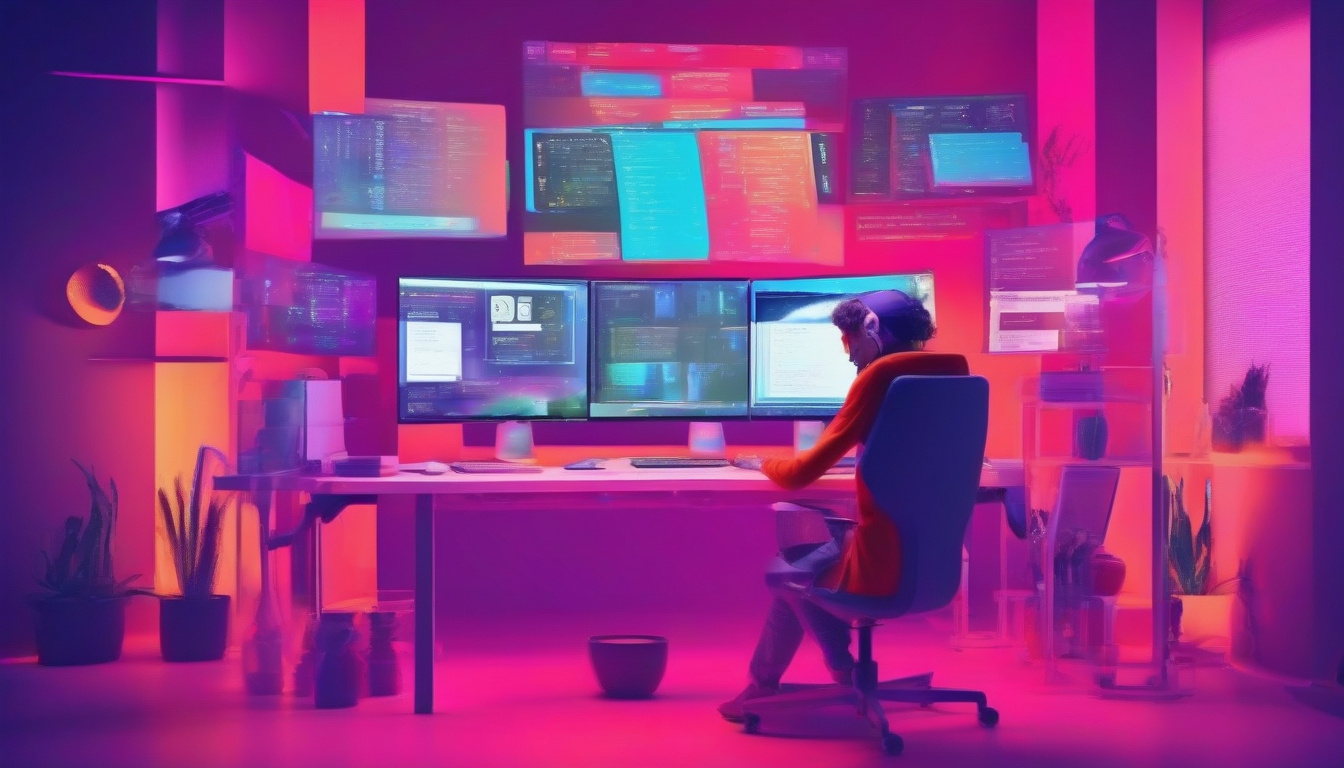
Welcome, pixel pushers and frame aficionados!
Today we’re diving into the enchanting world of residual neural networks in editing, and let me tell you, it’s going to be one heck of a ride.
If you’ve ever felt like your editing process resembles untangling a set of earphones after they’ve spent an afternoon in your pocket, then get ready for a little magic—because we’re about to explore how these nifty networks can transform your editing game!
In the frenetic universe of digital editing, it’s all about efficiency, power, and making those cuts without sacrificing quality.
Enter the superheroes of machine learning: residual neural networks.
Think of them as the sidekicks who get the job done, freeing you up to focus on the fun part—telling your story!
So grab your editing cape (or at least some coffee), and let’s unlock the wonders of residual neural networks in editing to ensure your next film is nothing short of epic!
The BEST AI Screenwriting Tool On The Market!
Key Takeaways
- Residual Neural Networks improve the efficiency of digital editing processes.
- Understanding the basics of digital editing is essential for leveraging advanced technologies.
- Residual Neural Networks enhance image and video quality in editing applications.
- Real-world case studies demonstrate the successful integration of these networks in digital projects.
- Future trends indicate a growing reliance on Residual Neural Networks in the editing industry.
Introduction to Residual Neural Networks
Welcome, fellow screenwriters and filmmakers, to the kaleidoscopic world of *residual neural networks in editing*!
Now, before you roll your eyes and clock out on me, thinking this is just another techy jargon fest designed to make your head hurt, allow me to sprinkle some sanity over this digital mush.
Picture this: you’re knee-deep in post-production, knee-deep in chaos, and you need a trusty sidekick to sort through that editing mess faster than you can say ‘cut.’ Enter our shining stars, the residual neural networks!
These brainy algorithms have been crafted not just to gather dust in a techie book but to revolutionize the editing process.
They combat the age-old problem of vanishing gradients—no, that’s not a new smoothie recipe; it’s an issue that plagues deep learning models, causing them to forget important details faster than your ex can remember your worst moments.
Harnessing the power of shortcut connections, these networks allow training to flow like a well-edited film, and your footage will thank you for it.
Say goodbye to the convoluted, time-consuming editing process and hello to seamless transitions and improved visual quality as you tap into the magic of residual neural networks in editing!
Understanding the Basics of Digital Editing
Welcome, pixel-pushing pals!
Grab your sunglasses because we’re diving into the dazzling world of digital editing, where we don’t just cut and paste; we orchestrate visual symphonies!
Now, before you grab your editing suite with the finesse of a tiger on the prowl, let’s get one thing straight: those enchanting residual neural networks in editing are here to shake things up!
Think of them as the Robin to your filmmaking Batman, swooping in to save the day when your visual effects are but mere shadows of their true potential.
These snazzy networks help your algorithms learn from previous edits, creating an even more stunning and cohesive final product.
So, whether you’re a budding screenwriter or a seasoned filmmaker, understanding these intricate digital edit wizards can turn your drab footage into fab with the flick of a frame!
Now, go forth and let your creativity reign, armed with the knowledge of residual neural networks in editing!
‘The great thing about technology is that it allows us to solve problems we once thought insurmountable.’ – John A. Dyer
The Role of Residual Neural Networks in Editing Technologies
Welcome to the whimsical world of filmmaking, where imagination knows no bounds and residual neural networks in editing are the fairy godmothers we didn’t know we needed!
Imagine you’re a screenwriter, toiling away at your script, fueled by coffee and dreams of Oscar gold.
As you finally craft that perfect twist, a thought bubbles up—what’s the secret sauce that allows filmmakers to polish their gems to perfection?
Enter the scene: residual neural networks in editing!
These architectural wonders, like some fancy sorcery from a sci-fi flick, utilize deep learning techniques to enhance video editing processes, ensuring that not a single frame is wasted.
They allow editors to seamlessly stitch scenes together, fine-tune color grades with the precision of a parent adhering to their kid’s bedtime, and even automate tedious tasks that were once the bane of every filmmaker’s existence.
So, while you’re busy penning your next masterpiece, just know there are digital wizards out there harnessing the power of residual neural networks in editing, making sure every cinematic experience is spellbinding.
It’s like giving a magic brush to your footage—the end result?
Pure movie magic!
The BEST AI Screenwriting Tool On The Market!
Benefits of Using Residual Neural Networks in Digital Editing
Welcome to the groovy world of digital editing, where layers of creativity blend with technological chic!
If you’re a screenwriter or filmmaker, get ready to embrace one of the coolest cats in the tech realm: residual neural networks in editing!
Imagine having an ultra-smart buddy who can analyze thousands of edits in mere moments while you sip your artisanal coffee and ponder the meaning of life (or the best way to edit the next scene).
Residual neural networks in editing allow you to enhance your video projects by significantly reducing artifacts, improving image quality, and even adding a sprinkle of magic dust that tends to misbehave without them.
This tech-savvy wizardry helps in preserving details during crunch time, so your audience isn’t distracted by the blips and flubs that might pop up in your breathtaking shot of an exploding volcano (seriously, who wants to mess with a scene that explosive?).
From color correction to noise reduction, these nifty networks create smoother transitions, making your edits as seamless as your new pair of stretchy pants – fabulous yet functional.
So, whether you’re chopping it up in the editing bay or crafting the next big script, don’t miss out on the exhilarating benefits of residual neural networks in editing; your films will thank you—and so will your viewers!
Case Studies: Successful Applications in Editing
When it comes to the world of filmmaking and screenwriting, there’s nothing quite as thrilling as a great editing session.
Let’s shine a spotlight on the marvel that is residual neural networks in editing.
This isn’t just mumbo jumbo; it’s the magic wand of modern technology!
Imagine you’re a filmmaker, slaving over your footage that’s as messy as a kid’s art project—you have colorful strokes, splattered scenes, and yet, somehow, it doesn’t seem to all come together.
Enter the realm of residual neural networks, a brilliant approach that taps into deep learning, enabling editors to refine those chaotic visuals into a coherent cinematic masterpiece.
Take, for example, the recent indie darling that used this technology to seamlessly blend scenes, allowing the narrative to flow smoother than hot butter on popcorn.
By leveraging residual networks, editors can teach the system to focus on the essential elements while chucking the unnecessary fluff out the window.
So, while you’re out there strategizing your screenplay or pondering over which angle to shoot your next scene, keep in mind that residual neural networks in editing are here to assist you in creating a film that not only tells a story but also captivates your audience in a way that even the most engaged critics can’t help but smile and applaud.







